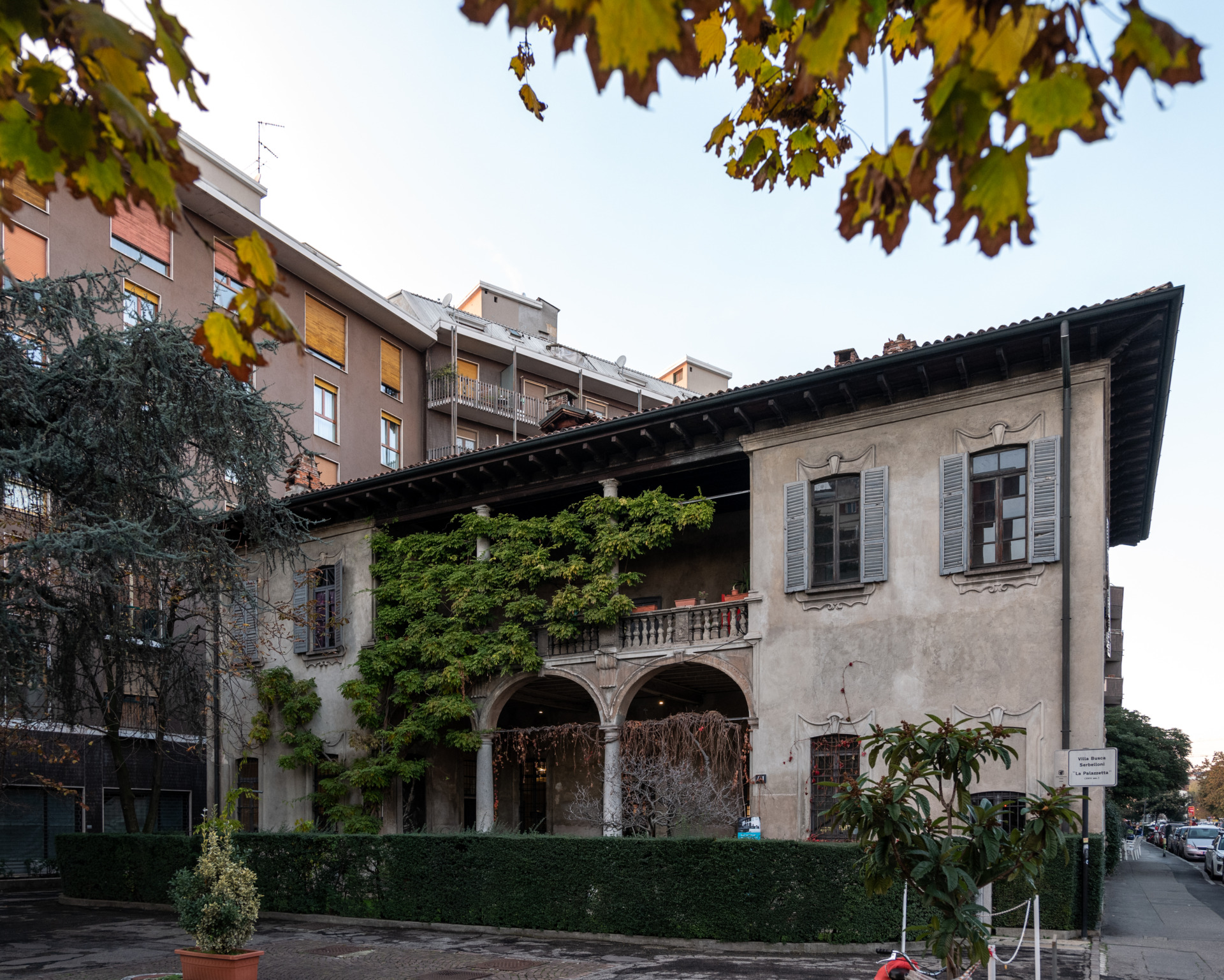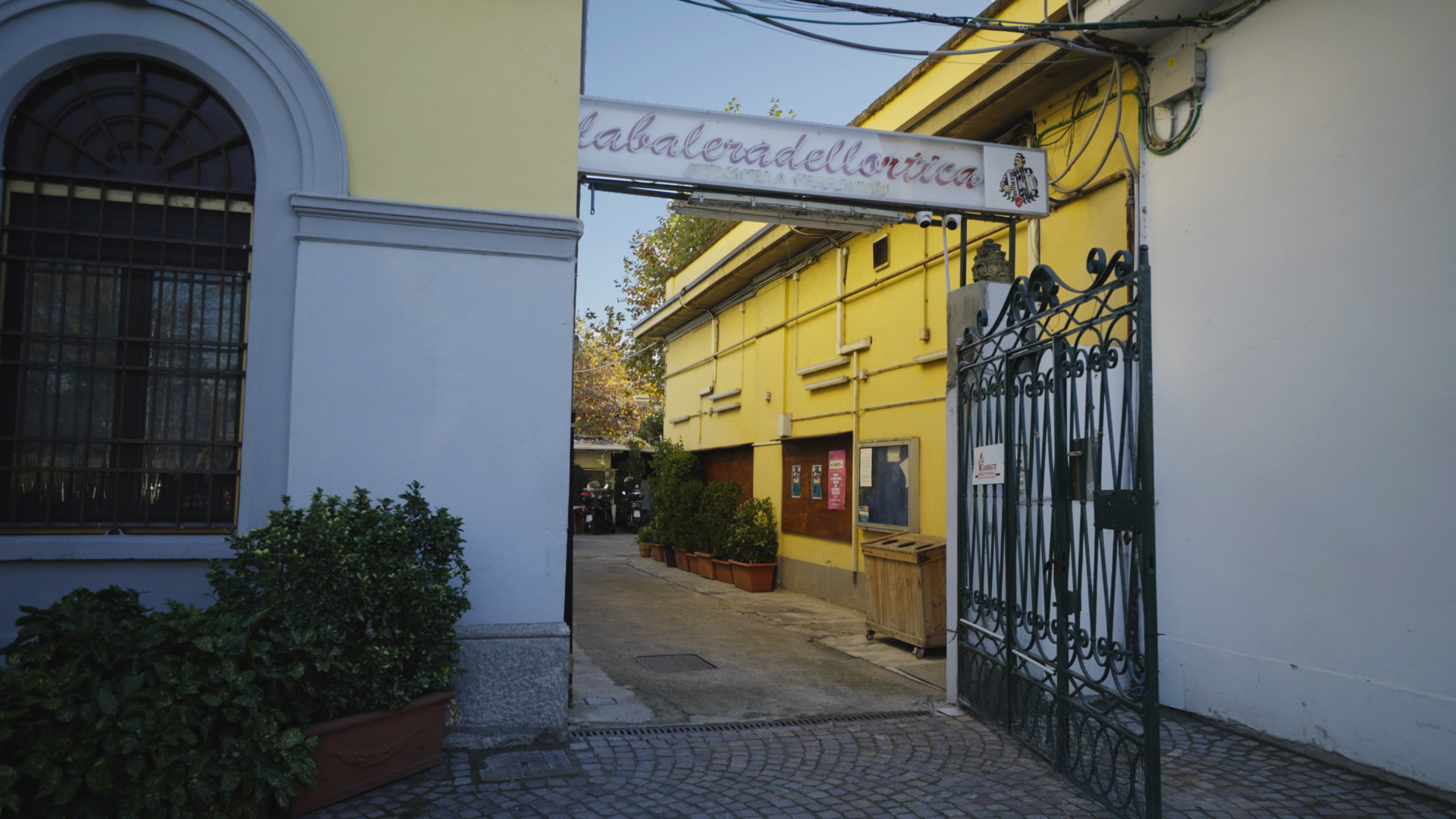The history of Milan’s Lambrate district
The Lambrate and Ortica districts are true Milanese institutions, with an identity deeply rooted in history.
Lambrate is now simply an urban neighbourhood, but until 1923 it was an autonomous municipality with its own town hall. There was a “Lambrate di Sopra”, i.e. more or less today’s Via Rombon, and a “Lambrate di Sotto”, the heart of the town, running mainly along Via Conte Rosso.
Dating back to the days of Ancient Rome, the town owes its name to the largest of the city’s three rivers: the Lambro, or “Lamber” in local dialect, which still flows in the vicinity of the town.
From rural terrain to autonomous municipality
Lambrate, or “Lambraa”, in Milanese dialect, was initially a land outside the city walls, with fields and small canals used to bring water for irrigation and to power the mills.
The mills were in fact the only buildings in the area apart from farmsteads and monasteries, until the razing of Milan by Frederick Barbarossa in 1162.
Many citizens took refuge in the villages around the city, for example in Lambrate, which became an “imperial borough”.
A similar fate befell those who lived in the fields a little further to the south. This other settlement was to become Ortica, or “Urtiga” in Milanese dialect, and remained a small village thereafter. A short distance away, however, Lambrate grew in importance, becoming a fiefdom and eventually an autonomous municipality.
Over the centuries, the Milanese gentry built more and more ville di delizie and country villas, including Villa Busca Serbelloni and Villa Folli.

The industrial vocation of the Lambrate area
The origins of Lambrate’s industrial vocation date back to the 16th century.
Around 1605, the Spanish built what was known as the “Polveriera” (powder magazine) here. This was the first warfare industry in Milan to use the Lambro waters to drive its cogs.
The “Polveriera” remained active until 1853, but it was only at the beginning of the 20th century that the district became truly industrial with the construction of many historic factories. The illustrious names included Innocenti – maker of the famous “Lambretta” scooter – Faema, Richard Ginori and De Nora. Lambrate became ever more densely populated and gained a reputation as a working-class district in the years to come.
The arrival of the railways and Milan Lambrate Station
The railways expanded in the late 19th and early 20th centuries and Lambrate Station was built. An influx of railway workers thus added to the already burgeoning population.
The very first station was built at Ortica and still stands to this day, but has been converted into private housing. The railway tradition in the two districts is kept alive by the former rail workers’ entertainment building, known as the “Dopolavoro Ferroviario”. Now called “La Balera dell’Ortica”, it remains an iconic feature of the neighbourhood, with its no-nonsense, working-class identity.

The long walls of the goods yards have in recent years become blank canvases for many street-artists who have helped make the district famous for its murals. The large disused industrial areas have been redeveloped and will determine the future of this area of Milan.
Scopri di più

